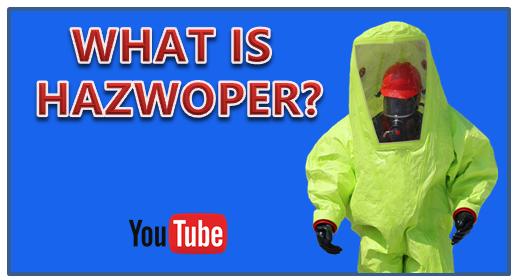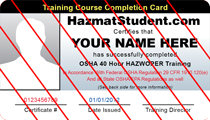| Don’t Bite the Dust | Combustible Dust Hazards |
Under certain conditions, dust from combustible materials can become an explosion hazard in the workplace. Between 1980 and 2005, the U.S Chemical Safety and Hazard Investigation Board (CSB) identified 281 combustible dust incidents which resulted in 119 deaths and 718 injured workers.
Many different industries use combustible materials such as metals, coal, wood, grains, plastics, rubber, and dyes. It’s important for workers to be aware of this hazard and to recognize the risk in their workplace.
Dust explosions occur when settled dust from a combustible material is disturbed, creating a dust cloud. If the dust cloud is ignited, one or more explosions can occur when:

- The dust is combustible and can be airborne;
- The dust exceeds its Minimum Explosive Concentration (MEC );
- There is enough oxygen for combustion and an ignition source;
- The dust is dry and confined.
It’s tempting to think you’re not at risk if there’s no obvious ignition source in the workplace, but ignition can occur from sources other than flames. Various avenues such as sparks, static electricity, friction, electrical equipment and more can ignite the dust. In many combustible dust incidents, the ignition source is never determined.
To prevent dust explosions, OSHA recommends companies complete thorough hazard assessments and implement dust control, ignition control, and injury and damage control measures. Some of the recommendations include:
- Complete a hazard assessment of factors that may contribute to an explosion.
- Consider the materials handled, operations conducted, potential ignition sources, and spaces in the workplace.
- Use dust collection systems and filters.
- Inspect for dust regularly and use cleaning methods that don’t create dust clouds.
- Control static electricity, sparks, flames, friction, and smoking.
- Separate and segregate hazards. Separate heated surfaces and heating systems from dust.
- Use an equipment preventive maintenance program.
- Direct vents away from work areas.
- Use explosion protection and fire suppression systems.
- Develop an emergency action plan and exit routes.
OSHA has several requirements applicable to Combustible Dust under standards for Housekeeping (1910.22), Hazardous Locations (1910.307), Hazardous Communication (1910.1200), and more. For more information on Combustible Dust, see OSHA’s Fact Sheet Hazard Alert: Combustible Dust Explosions.



